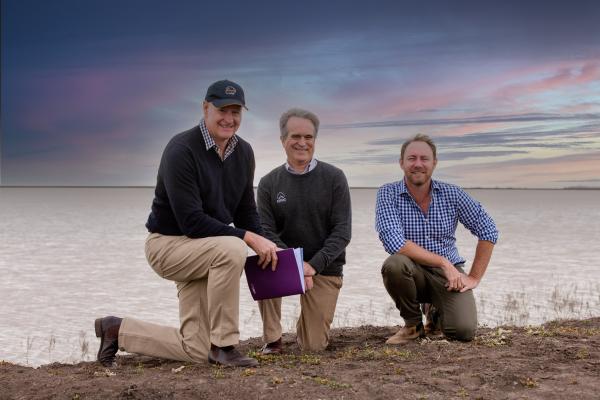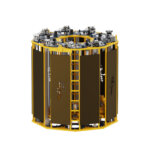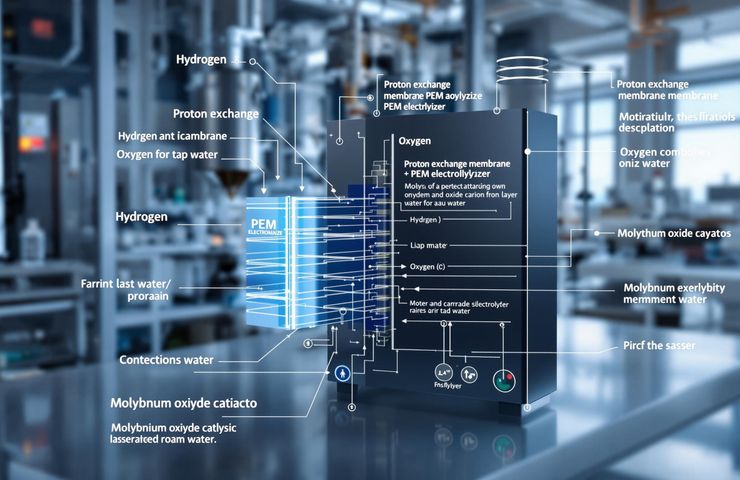Researchers launch five-year study on floating solar for farm dams
AgEcon Australia has launched a five-year research project to assess the feasibility of floating PV systems on farm irrigation dams in Australia, aiming to reduce water loss, lower on-farm energy costs, and create new income streams for landholders.

AgEcon Australia has launched a five-year research project to assess the feasibility of floating PV systems on farm irrigation dams in Australia, aiming to reduce water loss, lower on-farm energy costs, and create new income streams for landholders.
Agricultural research consultancy AgEcon Australia will lead a five-year project that will test the feasibility of installing floating solar panels on irrigation dams to manage evaporative losses and generate renewable energy that could offset on-farm energy use and provide a diversified income stream for landholders.
AgEcon, based in the northwest New South Wales town of Burren Junction, said the Novel Energy and Evaporative Storage Technologies for Irrigators (NEESTI) project will investigate a suite of issues around securing irrigation water and renewable energy generation.
AgEcon Principal Climate Analyst and Economist Jon Welsh said the project will look at “a practical, sensible and proven solution” to improve on-farm water retention while generating clean energy that producers can actually offset or create income from.
“Australia faces a critical trilemma of securing water, food, and clean energy,” he said. “Incorporating floating PV on storage dams will help address all of those challenges simultaneously.”
The NEESTI project will analyse economic, environmental, regulatory, and policy opportunities to support, scale up, and expedite the deployment of floating PV in Australia. The researchers will focus on five irrigated agricultural sectors, looking to incorporate floating PV on storage dams across cotton, sugarcane, pecans, ginger, and rice growing operations.
The project, which kicked off earlier this month, has secured AUD 6 million ($3.85 million) in funding under the federal government’s AUD 5 billion Future Drought Fund’s Resilient Landscapes program. That funding adds to about AUD 7 million in in-kind support from the project partners.

Partners in the five-year project include Macquarie University, the University of Southern Queensland, and the Cotton Research and Development Corp. (CRDC). Other stakeholders include Sugar Research Australia, Horticulture Innovation Australia, and the Ricegrowers’ Association of Australia.
The CRDC said the project is a “win-win” for the industry in Australia and comes as agricultural supply chains face increasing pressure to lower emissions to meet national and sector-wide targets.
Data published by the CRDC shows nearly 50% of on-farm water storage volume is lost each year to evaporation, and relocating just half of Australia’s current 16.6 GW ground-mounted solar panels to water storages could save 296 gigalitres of water a year and generate vast quantities of energy in the process.
“We know floating PV projects can work but there are serious challenges and a critical research gap remains, and that is how to develop a practical and cost-effective solution ready for farm rollout,” the CRDC said.
“The project research will deliver technical, economic, policy, and legal research to create a long-term and sustainable Australian floating PV market for cotton and other irrigators.”
What's Your Reaction?


























































